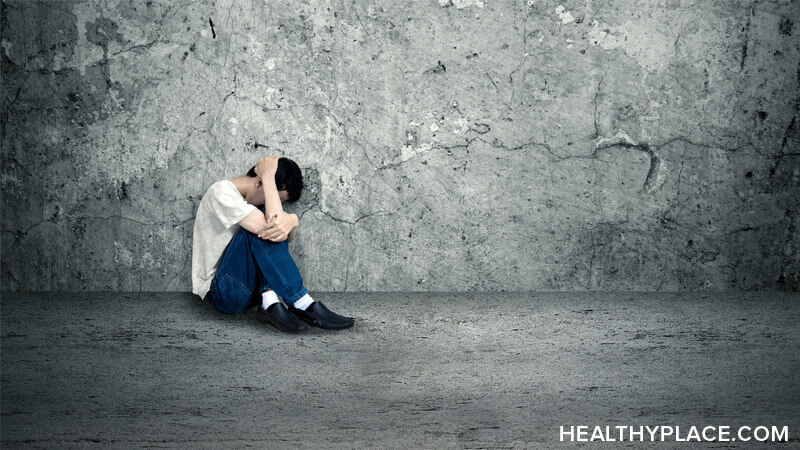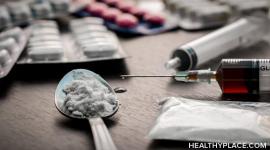Dual Diagnosis: Substance Abuse Plus A Mental Illness
Explanation of dual diagnosis and the impact of using drugs or alcohol when you have a mental illness.
Dual diagnosis occurs when someone has both a mental disorder and an alcohol or drug problem. These conditions occur together frequently. In particular, alcohol and drug problems tend to occur with:
Sometimes the mental health condition occurs first. This can lead people to use alcohol or drugs that make them feel better temporarily. Sometimes the substance abuse occurs first. Over time, that can lead to emotional and mental problems.

How Common is Dual Diagnosis?
Dual diagnosis is more common than you might imagine. According to a report published by the Journal of the American Medical Association:
- 37-percent of alcohol abusers and 53-percent of drug abusers also have at least one serious mental illness.
- Of all people diagnosed as mentally ill, 29 percent abuse either alcohol or drugs.
Effects of Using Drugs or Alcohol When You Have A Mental Illness
The consequences can be numerous and harsh. Persons with co-occurring disorders have a statistically greater propensity for violence, medication noncompliance, and failure to respond to treatment than consumers with just substance abuse or a mental illness. These problems also extend out to these consumers' families, friends and co-workers.
Medically, having a simultaneous mental illness and a substance abuse disorder frequently leads to overall poorer functioning and a greater chance of relapse. These people are in and out of hospitals and drug abuse treatment programs without lasting success. People with dual diagnoses also tend to have tardive dyskinesia (TD) and physical illnesses more often than those with a single disorder, and they experience more episodes of psychosis. In addition, physicians often don't recognize the presence of substance abuse disorders and mental disorders, especially in older adults.
Socially, people with mental illnesses often are susceptible to co-occurring disorders due to "downward drift." In other words, as a consequence of their mental illness they may find themselves living in marginal neighborhoods where drug use prevails. Having great difficulty developing social relationships, some people find themselves more easily accepted by groups whose social activity is based on drug use. Some may believe that an identity based on drug addiction is more acceptable than one based on mental illness.
People with dual diagnoses are also much more likely to be homeless or jailed. An estimated 50 percent of homeless adults with serious mental illnesses have a co-occurring substance abuse disorder. Meanwhile, 16% of jail and prison inmates are estimated to have severe mental and substance abuse disorders. Among detainees with mental disorders, 72 percent also have a co-occurring substance abuse disorder.
Sources:
- NAMI (National Alliance for the Mentally Ill)
- NIH
- Substance Abuse and Mental Health Services Administration
APA Reference
Tracy, N.
(2021, December 15). Dual Diagnosis: Substance Abuse Plus A Mental Illness, HealthyPlace. Retrieved
on 2025, November 22 from https://www.healthyplace.com/addictions/addictions-information/what-is-dual-diagnosis



